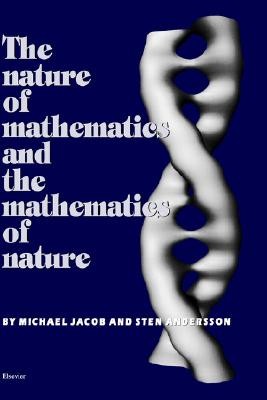| The Nature of Mathematics and the Mathematics of Nature Contributor(s): Andersson, S. (Author), Jacob, M. (Author) |
|
 |
ISBN: 0444829946 ISBN-13: 9780444829948 Publisher: Elsevier Science OUR PRICE: $321.75 Product Type: Hardcover - Other Formats Published: October 1998 Annotation: Chemistry, physics and biology are by their nature genuinely difficult. Mathematics, however, is man-made, and therefore not as complicated. Two ideas form the basis for this book: 1) to use ordinary mathematics to describe the simplicity in the structure of mathematics and 2) to develop new branches of mathematics to describe natural sciences.
|
| Additional Information |
| BISAC Categories: - Mathematics | Applied - Science | Chemistry - Physical & Theoretical - Science | Physics - General |
| Dewey: 510 |
| LCCN: 98-36663 |
| Physical Information: 0.81" H x 6.14" W x 9.21" (1.48 lbs) 345 pages |
| Descriptions, Reviews, Etc. |
| Publisher Description: Chemistry, physics and biology are by their nature genuinely difficult. Mathematics, however, is man-made, and therefore not as complicated. Two ideas form the basis for this book: 1) to use ordinary mathematics to describe the simplicity in the structure of mathematics and 2) to develop new branches of mathematics to describe natural sciences.
|